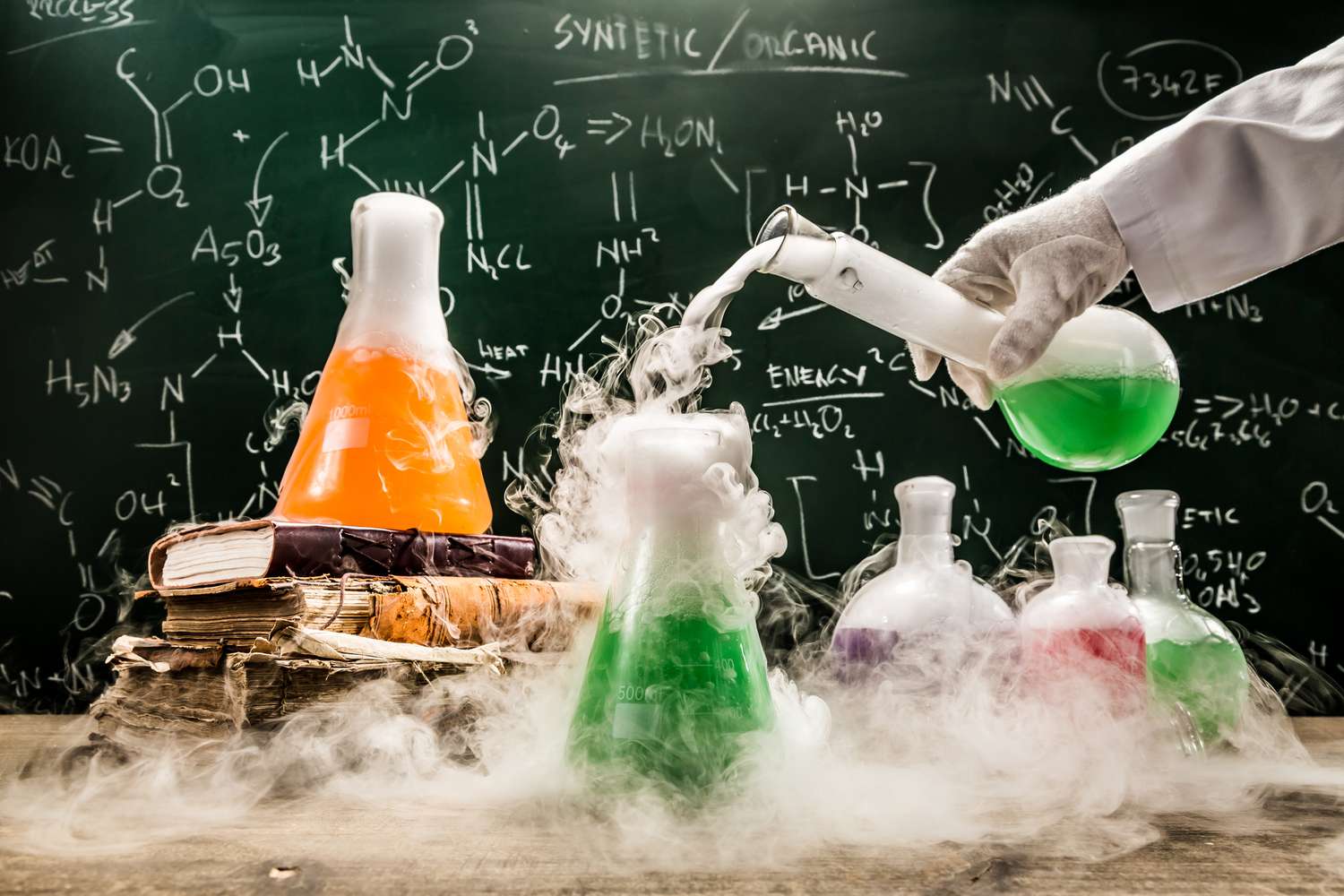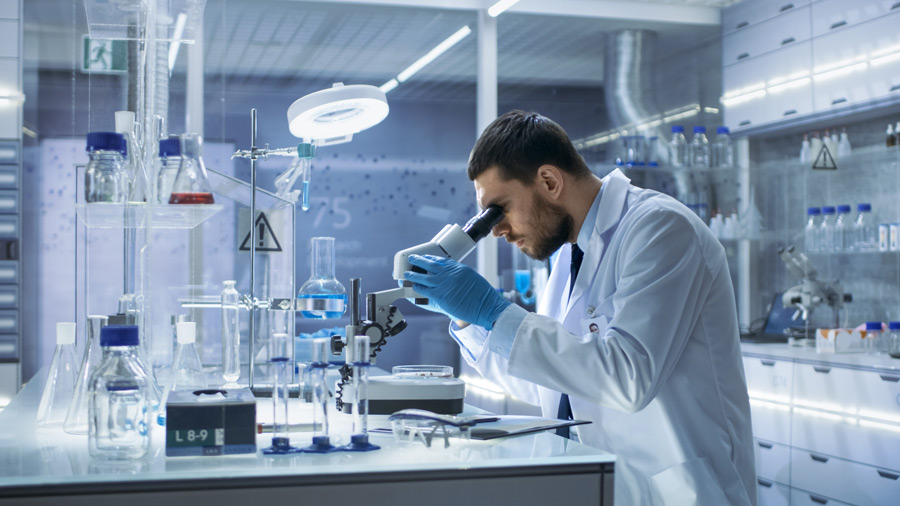Laboratories have always served as creative and experimental hubs where people test the limits and produce innovation. However, this drive frequently leads to risks, and in laboratories, human error leads to harmful accidents. Even lab supplier Malaysia has been always reminded about the dangers of mishandling laboratory research equipment. If scientists and educators are aware of the most frequent lab mishaps and know how to avoid them, they will have the best chance of keeping their workplaces safe and productive. Below are the examples of laboratory research equipment mishandling, the dangerous impact caused by it, and the possible measures to prevent it.

Glassware that has been shattered
Laboratory glassware is required for many experiments and reactions. It is therefore essential to use the proper glassware for the task at hand and to do so correctly. Accidents in laboratories are frequently brought on by improperly handled or dropped equipment. When glass shatters on hard surfaces such as countertops or floors, the sharp fragments can pierce exposed skin.
It’s crucial to remove broken glass with caution and calmness to lower risk. However, cuts happen frequently while cleaning because they are simple to pick up broken glass or cleaning supplies that are loaded with shards if you’re rushing or in a panic. The best way to handle an accident is to thoroughly clean the area with brushes, dustpans, and gloves because broken glass can be challenging to find.
High or extreme temperatures
Even though open flames are the most frequent cause of laboratory mishaps, science depends on high temperatures for both production and instruction. These extremes, which can include liquid nitrogen, supercooled conductors, and scalding exothermic reactions, can be just as harmful as a typical Bunsen burner.
Make sure that everyone in the lab is aware of the risks associated with each reaction and each heating or cooling device. The best chance of staying safe is to follow safety protocols, wear protective gear, and have a working understanding of extreme temperatures.
Toxic chemicals and burns
Of course, chemicals have the potential to harm scientists more than heat alone. All five types of toxicity, including behavioural, biological, chemical, physical, and, in a few rare cases, radioactive toxicity, pose a risk to laboratories, though sulfuric acid and bleach tend to get the most attention.
To manage toxicity and chemical burns, similar to managing temperature hazards, frequent washing and disinfecting stations should be used. Another crucial safety measure to avoid the buildup of toxic vapours is proper ventilation. When working with toxic materials, laboratories should never let their guard down and always use the proper equipment.
Slips and falls
Although laboratories are fascinating places to visit, running around in them can be hazardous. Laboratories are full of dangerous substances, which highlights how crucial precise movements are. In order to prevent frequent lab mishaps like slipping and falling, spills should also be reported and cleaned up as soon as possible.
Damage to the eyes
Laboratories do an excellent job of safeguarding the vulnerable items that we need to see. Even if you purchase lab glassware that won’t shatter and nothing breaks, students or researchers may accidentally rub or scratch their eyes, causing severe irritation and harm. Strict goggle regulations protect the eyes and highlight hazards.

